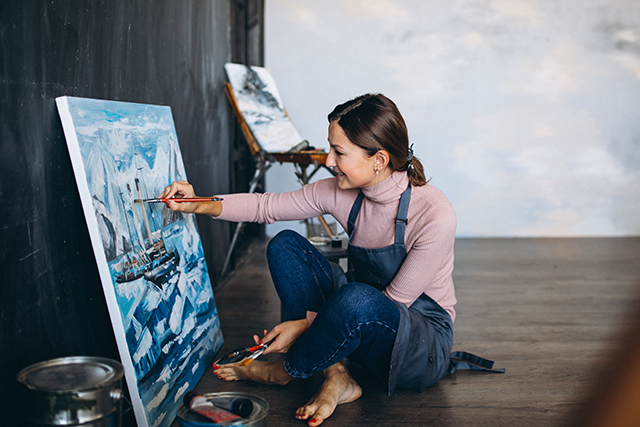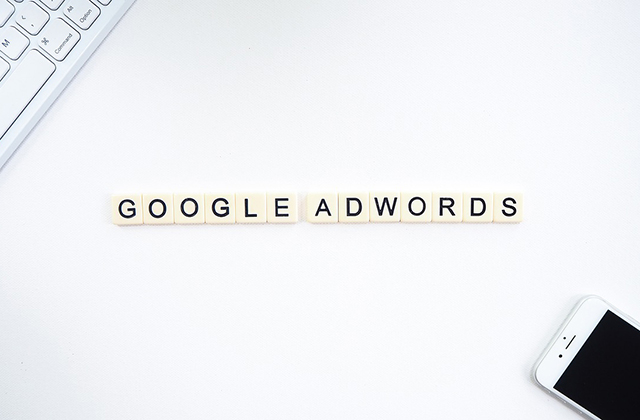Introduction
In the world of art and creativity, artists use various tools and techniques to express their ideas and bring their visions to life. One such indispensable tool is the storyboard, a visual representation of a story or concept that helps artists plan and organize their artistic endeavors. This article explores how artists utilize storyboards to achieve artistic greatness, providing insights into the creative process and the benefits of using this powerful tool.
1. What is a Storyboard?
A tv storyboard is a sequence of visual illustrations or sketches that outline the key elements of a story or project. It serves as a blueprint for artists to plan and visualize their artistic endeavors, providing a step-by-step representation of how the final artwork will unfold. Storyboards are commonly used in various creative industries, including film, animation, graphic novels, and advertising, but their application extends to many other art forms as well.
2. The Importance of Storyboarding in Art
Storyboarding plays a pivotal role in the artistic process, offering a structured approach to creativity. It allows artists to organize their thoughts, develop a cohesive narrative, and ensure that their vision is effectively conveyed to the audience. By outlining the sequence of events and visuals, artists can identify potential flaws and make necessary adjustments before investing significant time and effort into the final creation.
3. Storyboarding Techniques
3.1 Traditional Storyboarding
Traditional storyboarding involves the use of pen and paper to sketch out the various scenes and frames of the story. This hands-on approach allows artists to intimately connect with their ideas and add personal touches to each illustration. It is a popular choice for artists who enjoy the tactile experience of drawing and find inspiration in the simplicity of traditional tools.
3.2 Digital Storyboarding
In contrast, digital storyboarding leverages software and technology to create visual representations of the story. It offers greater flexibility and ease of editing, enabling artists to experiment with different layouts, colors, and effects. Digital storyboarding also allows for easy collaboration among artists, making it a preferred choice for projects with multiple contributors.
4. Enhancing Creativity through Storyboarding
4.1 Visualizing Ideas
Storyboards serve as a canvas for artists to visualize their ideas and explore different possibilities. As they map out the progression of the story, they can experiment with composition, lighting, and emotions to convey the intended atmosphere and impact. This process of visualization helps artists solidify their concepts and make creative decisions that contribute to the overall artistic greatness of their work.
4.2 Refining the Narrative
Storyboarding also assists artists in refining the narrative of their artwork. By breaking down the story into individual frames, they can analyze the flow of events and identify any inconsistencies or gaps in the storytelling. This step allows artists to make necessary adjustments, ensuring that the narrative is engaging, coherent, and emotionally resonant for the audience.
5. Storyboarding for Different Art Forms
5.1 Film and Animation
In the world of filmmaking and animation, storyboarding is an essential pre-production tool. It enables directors, animators, and cinematographers to plan the visual sequence of a film or animation, frame by frame. By using storyboards, filmmakers can visualize camera angles, pacing, and transitions, resulting in a more efficient and cohesive production process.
5.2 Graphic Novels and Comics
Storyboarding plays a crucial role in the creation of graphic novels and comics. Artists use storyboards to plan the layout of each page, ensuring that the artwork and text work harmoniously to convey the story’s essence. This approach allows for a seamless flow of storytelling and enhances the reader’s immersion into the narrative.
5.3 Painting and Illustration
Even in traditional painting and illustration, artists can benefit from storyboarding techniques. By sketching out the composition and progression of a painting, artists can experiment with different elements and ensure a captivating visual journey for the viewer.
6. Collaboration and Communication
Storyboarding promotes effective collaboration among artists and other stakeholders involved in a creative project. Whether it’s a film production team, a group of illustrators, or a team of designers, a shared storyboard serves as a visual reference point for discussions and brainstorming sessions. This shared vision fosters better communication and understanding among collaborators, leading to a more cohesive and successful final result.
7. Storyboards as a Learning Tool
7.1 Educational Purposes
Storyboarding can be used as a valuable educational tool in art schools and workshops. Students can learn to structure their ideas and narratives effectively, gaining a deeper understanding of storytelling techniques. It also allows them to receive constructive feedback and grow as artists.
7.2 Skill Development
For individual artists, regularly using storyboards can lead to the development of essential skills, such as visual storytelling, composition, and problem-solving. These skills not only benefit their current project but also lay the foundation for future artistic endeavors.
8. Overcoming Challenges with Storyboarding
8.1 Dealing with Creative Blocks
Artists occasionally face creative blocks or moments of uncertainty during their artistic journey. Storyboarding can serve as a remedy by helping artists visualize their ideas step-by-step. Breaking down the creative process into manageable parts can alleviate the overwhelm and inspire new insights.
8.2 Adapting and Improvising
While storyboarding provides a structured plan, artists must remain open to improvisation and adaptability. Sometimes, the creative process may lead to unexpected and innovative ideas, deviating from the original storyboard. Embracing such changes can result in groundbreaking artistic greatness.
9. From Storyboard to Masterpiece
As artists progress from the storyboard stage to the final masterpiece, they embark on an incredible journey of creation and self-expression. The storyboard serves as a guiding map, but it is the artist’s passion, dedication, and artistic vision that breathe life into the artwork and elevate it to greatness.
Conclusion
Storyboarding is a powerful tool that empowers artists to achieve artistic greatness. By visualizing their ideas, refining narratives, and fostering collaboration, artists can unleash their creativity and bring their artistic visions to life. Whether in the realms of film, animation, graphic novels, or traditional art forms, storyboarding offers a structured approach to creativity and serves as a vital stepping stone towards greatness. Find out the best example of marketable storyboard.




